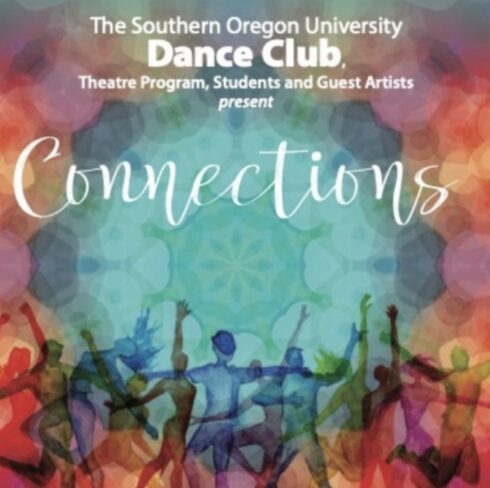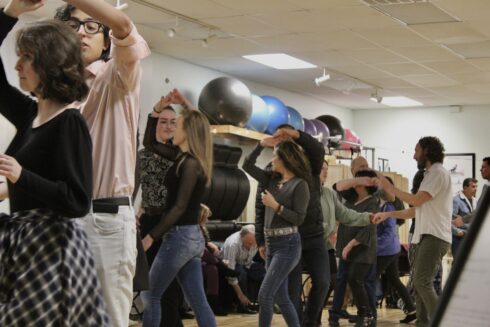Photo courtesy of Ultimateclassicrock.com
If you have spent any time on TikTok in the last two weeks, chances are you’ve seen Miley Cyrus’s stylized cover of “Heart of Glass” by Blondie for the iHeartRadio Music Festival. Strutting onto the stage in a sheer black catsuit and platinum mullet, everything about the performance emulates the song’s 80s heritage. The performance has since gone viral, even earning itself a place on streaming platforms everywhere due to an overwhelming fan response. The reaction is understandable, the cover hits all the right nostalgia spots while still keeping the rendition fresh enough to feel modern.
It’s not hard to put your finger on the pulse of what makes this song such a hit: the punchy, bright drum beat, floating synth, and looping electric guitar of this classic pop song hits just as hard in 2020 as it did in 1979. This isn’t the first example of the 80s rearing its nostalgic head in modern pop in the last year. However, back in November, The Weeknd released his single “Blinding Lights” to rave public review, with Rolling Stones calling the track a “new wave banger”. The song sounds as if an early digital synthesizer and the Linn Drum Machine decided to have a beautiful late-life child, complete with everything that makes the sound of the 80s so recognizable: gated reverb on the drums, contrasting tones on digital synth, and anthemic vocals softened by the fuzz of vintage recording. We see Lorde use the same sounds in her 2017 sophomore album “Melodrama”, especially in “Homemade Dynamite,” for which she received great praise and comparison to iconic 80s pop star Kate Bush.
While I’m not particularly upset about the plethora of new-age influence in pop music in the last few years, the question remains: why is this particular sound so appealing to millennial and gen-z audiences? Bryan Jeffs, director of the SOU Raider Band and professor of music at SOU, says it’s undoubtedly the nostalgia. Jeffs shared that, “People my age, and a little older, are becoming the tastemakers and producers with influence in popular music… so, the people producing and writing and creating, like The Weeknd, like other artists in their thirties, are thinking about the stuff they grew up with.”
When asked why these tastemakers have chosen now to revisit the anthemic, digitalized sound, Jeffs asserts that it never really went away in the first place. With the rise of affordable technological advances in the industry in the early 80s and late 70s, the Linn Drum Machine and the digital synthesizer were used so pervasively that the influence it would have on future pop music was inevitable. Jeffs likens the trend to a snowball rolling down a hill, picking things up through the decades and dropping off the trends that don’t stick. The 80s churned out hits, and essentially, Jeffs thinks we’re regressing into our electronic pop youth, “Artists these days have to use everything that’s available to them. They’re going to draw on what sells.”
Nostalgia and capitalistic endeavors aside, this era of modernized electro synth pop pulls from all the best aspects of what made electronic music resonate so deeply in the first place. Its ability to comfort us with evocative sounds of the past made with the rapidly developing technology of the present holds a mirror up to the anxieties, anticipations, and uncertainties of a generation facing the unknown. Essentially, this trend has us looking to the past to influence the future, rather than charging ahead into unprecedented territory. Music has always reflected the struggle of its time period, and the reasons for this particular return to the dawn of the digital age is a powerful youth culture statement on the uncertainty of the future, a longing for the past, and the overwhelming power of developing technology.



